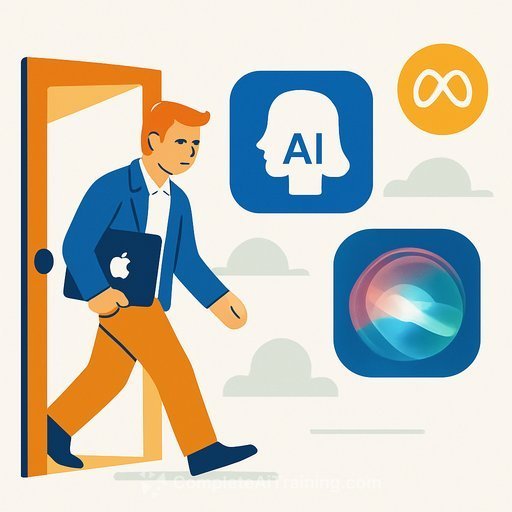How AI is Redefining the Role and Strategies of Product Managers
AI reshapes product management with new challenges and opportunities. PMs must explore AI quirks, test bold pricing, and build emotional connections to lead innovation.

Probe and Leverage Unexpected Capabilities in AI-Driven Product Management
Product managers have always dealt with ambiguity—untangling uncertainties around execution, product design, data analysis, and customer needs. The rise of AI has sparked debates about whether AI models will replace PMs. But the truth is, ambiguity hasn’t diminished; it’s just taken new forms. Ignoring AI’s evolving tools and opportunities risks making product management irrelevant.
Many current product leaders grew up during the mobile and web transition, mastering mobile-first approaches and avoiding desktop-era design habits like hover states and click-first metaphors. Now, as AI reshapes the landscape, new constraints and best practices are emerging. Here are key strategies for product managers adapting to AI-driven products:
1. “Interview” Your AI Models Alongside Customers
Large AI models produce probabilistic, varied outputs rather than fixed answers. They often display emergent behaviors—unexpected actions not explicitly programmed. This means PMs must spend as much time exploring their models’ quirks as they do user feedback.
Ask questions like: What unpredictable outputs generate value? How does the model handle edge cases? When must it remain stable? Developing this intuition can lead to innovative products. For example, Websim creates unusual, unexpected websites by embracing model “weirdness” instead of forcing conventional outputs.
Writing evals—structured tests to assess where models succeed or fail—is key. These tests go beyond accuracy, highlighting emergent capabilities that inform design decisions.
2. Don’t Shy Away from Extreme Products at Extreme Prices
AI enables products once unimaginable: AI nurses that call patients pre-surgery, tools generating complex web apps from a single prompt, or software performing advanced research that once required teams.
The pricing ceiling has expanded. ChatGPT’s $200/month subscription, initially seen as niche, is now essential for power users. Products like Krea, Cursor, and Midjourney have found success by testing high price points rather than competing only on affordability.
Consider this approach: ask, “What does a $1,000/month version of our product look like?” Then work backward to build it. Software is set to become the top discretionary consumer spending category, making aggressive pricing exploration a smart move.
3. Build Emotional and “Soft” Moats — First and Fast
AI startups should seek new moats beyond traditional ones. Proprietary workflows, integrations, and novel channels like voice or phone can create advantages. Yet, emotional connection remains an overlooked moat.
Large companies often avoid surfacing messy human experiences like disagreement or persuasion, leading to bland products. Startups can differentiate by embracing friction, emotion, and intensity, crafting unique experiences.
Classic network effects are still valuable, but in AI’s competitive landscape—where many products share similar models—“soft” moats like mindshare and momentum matter more. The winning play is often to launch first, then maintain leadership by rapidly shipping features.
4. Treat Models as Platforms, Not Finished Products
Early AI products were mostly interfaces sitting in front of foundation models generating text or images. As models evolve, users demand more opinionated workflows to get the most out of them.
For example, text-to-app tools like Replit and Bolt offer amazing prototyping experiences. But moving to production requires advanced interfaces for fine-tuning and customization.
The next wave of AI products will be sophisticated, built around these foundation models but wrapped in carefully designed workflows tailored to real-world use.
5. Reflexive AI Use Is Becoming a Basic Skill
You can’t productize what you don’t understand. PMs need to move beyond casual use of ChatGPT and learn the differences between language models, reasoning models, and multimodal capabilities.
Explore tools like Deep Research, Operator, Gemini Flash, and custom GPTs. Observe techniques like “chain of thought” reasoning in action.
The most important habit is daily, reflexive use of AI products across your work. This approach is fast becoming a standard, with many companies pivoting to AI-first strategies. PMs who adopt this mindset become internal leaders for AI best practices and innovation.
For product managers looking to deepen AI skills, exploring targeted courses can be valuable. Check out Complete AI Training’s product management courses for practical guidance.








